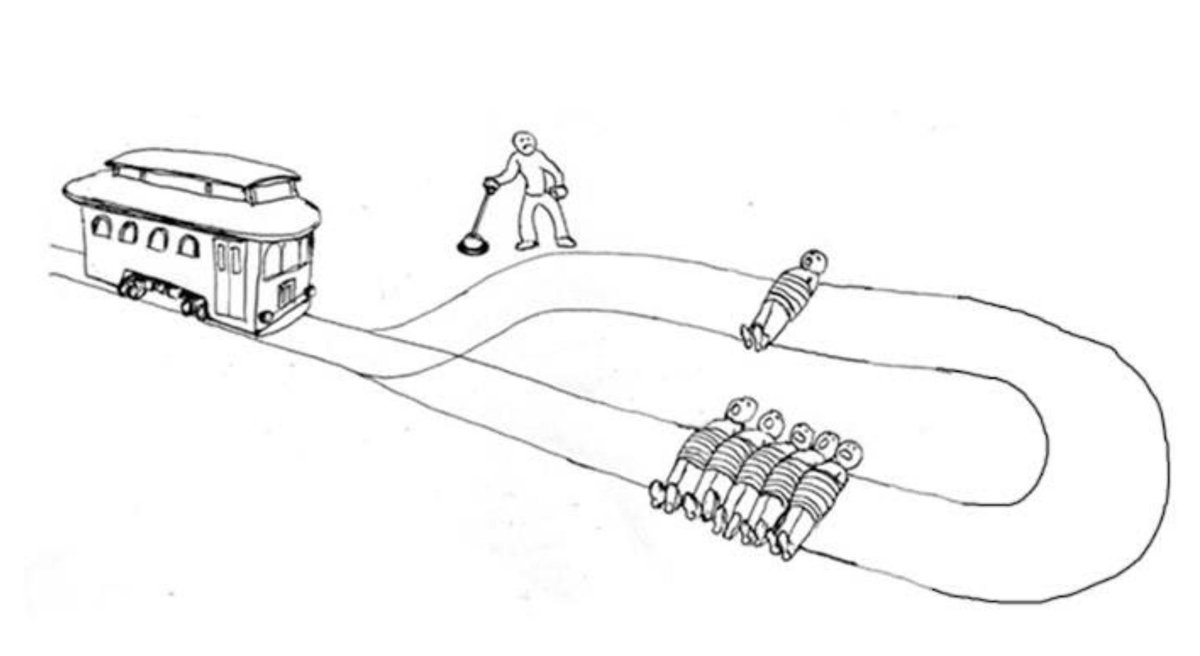
I’ve personally consulted for a pharma company on biological contamination due to behavioral mistakes (though at lower security levels than the labs involved here) and, based on my experience, I find very plausible that one day a rushed or tired employee makes a misstep.
Of course, I would like to believe that after SARS, protocols for way stronger.
But I also believe that virological labs will have leaks again, eventually. Not if, but when.
And dismissing this risk is, well, very risky.
But I also believe that virological labs will have leaks again, eventually. Not if, but when.
And dismissing this risk is, well, very risky.
4/ By the way, “SARS is documented to have escaped a lab four times” is likely to neglect times we don’t know about.
• • •
Missing some Tweet in this thread? You can try to
force a refresh





